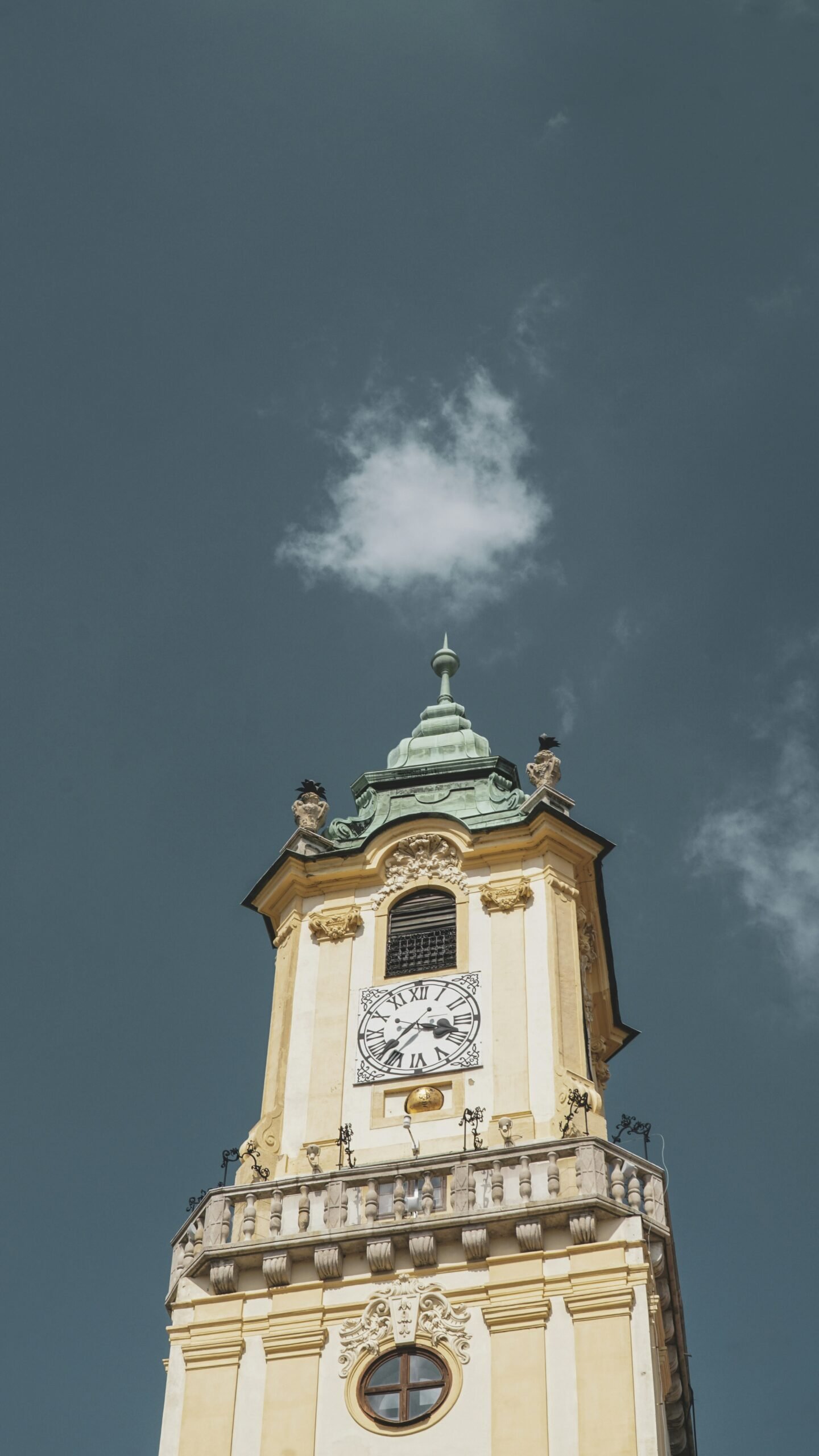Exploring Caspar David Friedrich: A Solitary Wanderer in the Fog
When we think about Caspar David Friedrich’s iconic painting, “Wanderer Above the Sea of Fog,” we often envision the lone figure standing at the edge of a cliff, gazing out into the mist. But who is this wanderer, and why has this image become so emblematic of German Romanticism? Let’s dive deeper into Friedrich’s work and explore the themes and symbolism behind this masterpiece.

The Symbolism of the Wanderer
The solitary figure in Friedrich’s painting represents more than just a person lost in contemplation. The wanderer embodies the spirit of the Romantic era, where introspection, emotion, and a connection to nature were paramount. By standing above the fog and looking out into the unknown, the wanderer symbolizes the search for meaning in a world filled with uncertainty.
Understanding German Romanticism
To truly appreciate Friedrich’s work, it’s essential to understand the context of German Romanticism. This artistic movement emerged in the late 18th century as a response to the Enlightenment’s focus on reason and logic. Romantics like Friedrich sought to explore the depths of human emotion, the sublime power of nature, and the mysteries of the universe.

The Soul of Nature Exhibition
The recent exhibition at the Metropolitan Museum of Art showcased Friedrich’s masterpieces, inviting viewers to immerse themselves in the world of the wandering artist. The collection of 88 paintings and drawings highlighted Friedrich’s ability to capture the essence of nature, from rocky landscapes bathed in moonlight to serene forests dotted with crucifixes.
Impact of Friedrich’s Art
Despite painting more than two centuries ago, Friedrich’s work remains relevant today. His ability to evoke complex emotions through simple landscapes continues to captivate audiences and inspire artists around the world. By channeling the power of nature and the human spirit, Friedrich’s paintings remind us of the beauty and mystery that surround us.
The Legacy of Caspar David Friedrich
As we reflect on the enduring legacy of Caspar David Friedrich, we are reminded of the power of art to transcend time and speak to the human experience. The solitary wanderer in the fog serves as a reminder that even in moments of doubt and uncertainty, there is beauty to be found in the search for meaning and connection with the world around us.

Embracing the Unknown
Through his paintings, Friedrich invites us to embrace the unknown and find solace in the vastness of nature. Just as the wanderer gazes out into the fog, we too can confront the mysteries of life with curiosity and wonder. In a world filled with noise and distractions, Friedrich’s art offers a quiet refuge for introspection and contemplation.
Finding Your Path
As you navigate your own journey through life, take inspiration from the wanderer above the sea of fog. Embrace the challenges and uncertainties that lie ahead, knowing that each step you take brings you closer to understanding yourself and the world around you. Like Friedrich, you are a solitary wanderer finding your way in the fog, guided by a sense of purpose and a deep connection to the soul of nature.

The Beauty of Impermanence
In a society obsessed with progress and productivity, Friedrich’s paintings remind us of the fleeting nature of existence. The landscapes he captures are not static scenes but dynamic compositions that change with the shifting light and seasons. Embrace the impermanence of life, knowing that each moment is a unique and precious gift to be cherished and savored.
By immersing yourself in the world of Caspar David Friedrich, you can gain a deeper appreciation for the power of art to transform our perceptions and awaken our senses. Take a moment to reflect on the wanderer above the sea of fog and allow yourself to wander in the realm of the unknown, guided by a spirit of curiosity and wonder.








